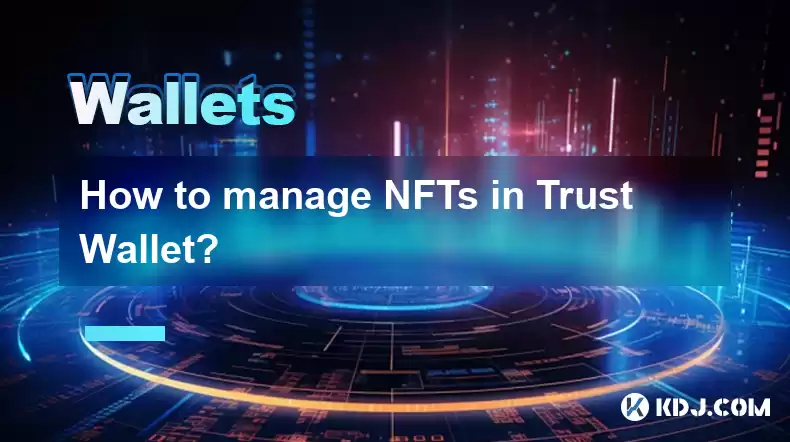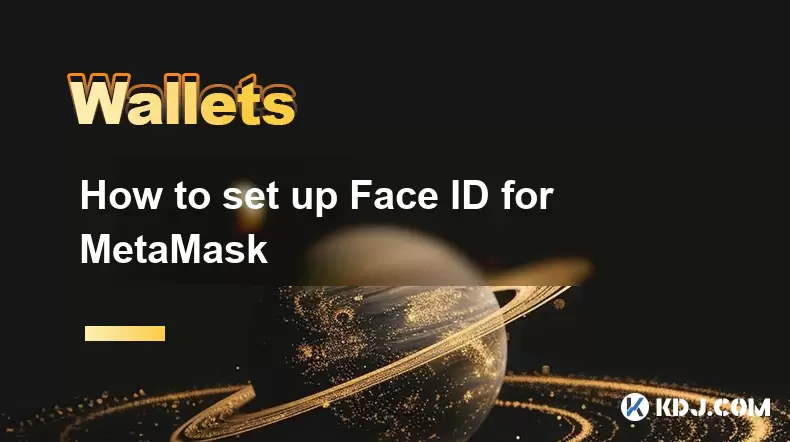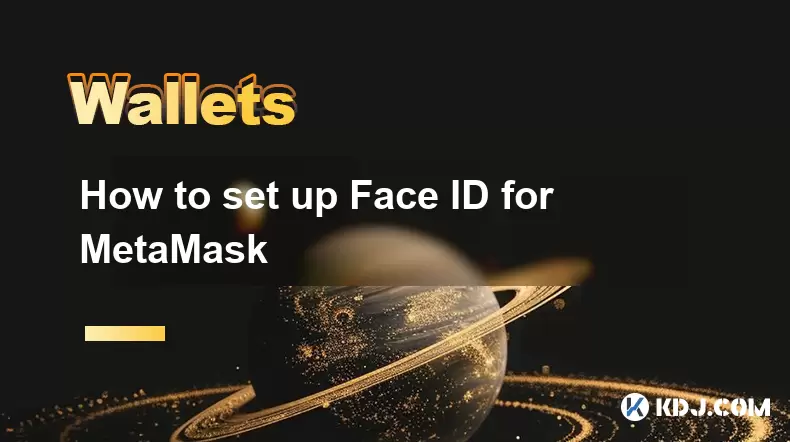-
 Bitcoin
Bitcoin $119000
-2.21% -
 Ethereum
Ethereum $4315
1.01% -
 XRP
XRP $3.151
-3.11% -
 Tether USDt
Tether USDt $0.0000
0.00% -
 BNB
BNB $808.5
-0.71% -
 Solana
Solana $175.8
-4.21% -
 USDC
USDC $0.9999
0.00% -
 Dogecoin
Dogecoin $0.2250
-3.92% -
 TRON
TRON $0.3469
1.77% -
 Cardano
Cardano $0.7818
-3.81% -
 Chainlink
Chainlink $21.47
-2.10% -
 Hyperliquid
Hyperliquid $43.30
-6.81% -
 Stellar
Stellar $0.4370
-2.84% -
 Sui
Sui $3.682
-4.40% -
 Bitcoin Cash
Bitcoin Cash $590.8
2.67% -
 Hedera
Hedera $0.2484
-5.20% -
 Ethena USDe
Ethena USDe $1.001
0.00% -
 Avalanche
Avalanche $23.10
-4.29% -
 Litecoin
Litecoin $119.2
-3.96% -
 Toncoin
Toncoin $3.409
0.90% -
 UNUS SED LEO
UNUS SED LEO $9.016
-1.29% -
 Shiba Inu
Shiba Inu $0.00001304
-3.82% -
 Uniswap
Uniswap $11.18
1.33% -
 Polkadot
Polkadot $3.913
-3.51% -
 Cronos
Cronos $0.1672
-3.08% -
 Dai
Dai $1.000
0.02% -
 Ethena
Ethena $0.7899
-4.70% -
 Bitget Token
Bitget Token $4.400
-1.23% -
 Pepe
Pepe $0.00001132
-5.93% -
 Monero
Monero $257.9
-6.44%
How to manage NFTs in Trust Wallet?
Trust Wallet supports NFT management, allowing you to store, view, and interact with NFTs on supported blockchains like Ethereum and Polygon, with security best practices crucial for safety.
Mar 28, 2025 at 10:00 pm

Understanding NFT Management within Trust Wallet
Trust Wallet, a popular mobile cryptocurrency wallet, offers built-in support for managing Non-Fungible Tokens (NFTs). This means you can store, view, and in some cases, even interact with your NFTs directly within the app. However, the functionality is dependent on the specific blockchain your NFT resides on and the NFT's inherent properties. Not all NFTs are created equal, and therefore, management can vary.
Accessing Your NFTs in Trust Wallet
First, ensure you have the latest version of Trust Wallet installed on your device. Once opened, you'll typically find your NFT collection under a dedicated tab, often labeled "Collectibles" or similar. This section will display your NFTs, showing their image previews (if available) and basic information like the name and the blockchain they're on. If you can't locate this section, check the app's settings or FAQ for guidance. Remember to always double-check the legitimacy of the app and website before interacting with your NFTs.
Viewing Your NFT Details
Clicking on an individual NFT will usually open a detailed view. This usually shows a larger image, the token ID, and potentially a link to the NFT's page on the marketplace or blockchain explorer where it was minted. Carefully review all details to ensure they match your expectations and confirm the authenticity of your NFT. The level of detail provided can vary depending on the NFT and the blockchain it's on.
Sending and Receiving NFTs
Trust Wallet allows for the sending and receiving of NFTs. To send an NFT, you'll typically need the recipient's wallet address. Be extremely cautious when entering addresses, as sending to the wrong address is irreversible. The process usually involves selecting the NFT you wish to send, entering the recipient's address, and confirming the transaction. Receiving NFTs involves simply accepting the transaction sent to your wallet address.
Interacting with NFTs
Some NFTs offer interactive elements, such as accessing gated content or participating in community events. The ability to interact with these elements directly within Trust Wallet depends on the specific NFT and its smart contract. Always verify the legitimacy of any interaction requests before proceeding. You might need to use a browser extension or visit the NFT's official website for full functionality.
Supported Blockchains and Marketplaces
Trust Wallet supports a range of blockchains, including Ethereum, Binance Smart Chain, Polygon, and others. The specific blockchains supported may change over time, so check the Trust Wallet website or app for the most up-to-date information. Ensure the blockchain your NFT resides on is supported by Trust Wallet before attempting to manage it. The wallet's integration with various marketplaces allows for easier viewing and management of NFTs purchased from these platforms.
Troubleshooting Common Issues
- NFT not showing: Ensure the blockchain your NFT is on is supported by Trust Wallet. Check your internet connection and try restarting the app.
- Transaction failures: Double-check the recipient's address and the network fees. Insufficient funds can also cause failures.
- Unable to interact with NFT: The NFT's functionality may require interaction outside of Trust Wallet, such as through a browser extension or the NFT's official website.
- Security concerns: Only download Trust Wallet from official app stores. Be wary of phishing attempts and never share your seed phrase.
Security Best Practices for Managing NFTs in Trust Wallet
- Enable two-factor authentication (2FA): This adds an extra layer of security to your wallet.
- Regularly update the app: Updates often include security patches and bug fixes.
- Never share your seed phrase: Your seed phrase is the key to your wallet and should be kept completely confidential.
- Be cautious of phishing scams: Always verify the legitimacy of any websites or emails asking for your wallet information.
- Use a strong password: Choose a password that is difficult to guess and keep it separate from other passwords.
Frequently Asked Questions
Q: Can I use Trust Wallet to buy NFTs?
A: Trust Wallet itself doesn't directly facilitate NFT purchases. You typically buy NFTs from marketplaces and then transfer them to your Trust Wallet for storage.
Q: What happens if I lose my phone with Trust Wallet?
A: You should have written down your recovery phrase (seed phrase). Without it, you will lose access to your NFTs and other cryptocurrencies stored in the wallet.
Q: Are my NFTs safe in Trust Wallet?
A: Trust Wallet employs security measures, but the safety of your NFTs also depends on your own security practices. Following security best practices is crucial.
Q: Can I see the value of my NFTs in Trust Wallet?
A: Trust Wallet may display a price estimate for some NFTs, but this is not always accurate and can fluctuate. For precise valuation, you should check dedicated NFT marketplaces.
Q: Can I stake my NFTs in Trust Wallet?
A: Staking functionality depends on the specific NFT and its smart contract. Not all NFTs support staking, and Trust Wallet's support for NFT staking may vary. Always check the NFT's documentation.
Q: What if an NFT I own is on an unsupported blockchain?
A: You'll be unable to manage that NFT within Trust Wallet. You'll need a wallet compatible with that specific blockchain.
Disclaimer:info@kdj.com
The information provided is not trading advice. kdj.com does not assume any responsibility for any investments made based on the information provided in this article. Cryptocurrencies are highly volatile and it is highly recommended that you invest with caution after thorough research!
If you believe that the content used on this website infringes your copyright, please contact us immediately (info@kdj.com) and we will delete it promptly.
- PumpFun (PUMP) Price: Riding the Meme Coin Wave or Facing a Wipeout?
- 2025-08-12 16:50:12
- Uniswap's Legal Clarity Fuels Price Target: Will UNI Hit $12.85?
- 2025-08-12 17:30:13
- Arctic Pablo Coin: Meme Coin Growth Redefined?
- 2025-08-12 16:50:12
- Pumpfun, Snorter Token, and Meme Coin Mania: What's the Hype?
- 2025-08-12 17:30:13
- Crypto, Long-Term, Small Investment: Finding Gems in the Digital Rough
- 2025-08-12 17:35:12
- Do Kwon's Terra Collapse: Guilty Plea Looms – A Stablecoin Fraud Saga
- 2025-08-12 17:40:12
Related knowledge

How to manage your portfolio in Exodus wallet
Aug 08,2025 at 10:07pm
Understanding the Exodus Wallet InterfaceThe Exodus wallet is a non-custodial cryptocurrency wallet that supports a wide range of digital assets. When...

How to reset your MetaMask password
Aug 08,2025 at 01:28pm
Understanding the MetaMask Password Reset ProcessMany users confuse the MetaMask password with the seed phrase or private key, but they serve differen...

How to buy Dogecoin on MetaMask
Aug 08,2025 at 03:42am
Understanding Dogecoin and MetaMask CompatibilityDogecoin (DOGE) is a popular meme-based cryptocurrency that operates on its own blockchain, originall...

How to switch between networks in Trust Wallet
Aug 09,2025 at 11:07am
Understanding Network Switching in Trust WalletSwitching between networks in Trust Wallet allows users to manage assets across different blockchains, ...

How to set up Face ID for MetaMask
Aug 12,2025 at 02:42am
Understanding Face ID and Its Role in MetaMask SecurityMetaMask is a widely used cryptocurrency wallet that allows users to interact with the Ethereum...

How to set up Face ID for MetaMask
Aug 11,2025 at 09:28am
Understanding Face ID and Its Role in MetaMask SecurityFace ID is a biometric authentication system developed by Apple that uses facial recognition to...

How to manage your portfolio in Exodus wallet
Aug 08,2025 at 10:07pm
Understanding the Exodus Wallet InterfaceThe Exodus wallet is a non-custodial cryptocurrency wallet that supports a wide range of digital assets. When...

How to reset your MetaMask password
Aug 08,2025 at 01:28pm
Understanding the MetaMask Password Reset ProcessMany users confuse the MetaMask password with the seed phrase or private key, but they serve differen...

How to buy Dogecoin on MetaMask
Aug 08,2025 at 03:42am
Understanding Dogecoin and MetaMask CompatibilityDogecoin (DOGE) is a popular meme-based cryptocurrency that operates on its own blockchain, originall...

How to switch between networks in Trust Wallet
Aug 09,2025 at 11:07am
Understanding Network Switching in Trust WalletSwitching between networks in Trust Wallet allows users to manage assets across different blockchains, ...

How to set up Face ID for MetaMask
Aug 12,2025 at 02:42am
Understanding Face ID and Its Role in MetaMask SecurityMetaMask is a widely used cryptocurrency wallet that allows users to interact with the Ethereum...

How to set up Face ID for MetaMask
Aug 11,2025 at 09:28am
Understanding Face ID and Its Role in MetaMask SecurityFace ID is a biometric authentication system developed by Apple that uses facial recognition to...
See all articles

























































































